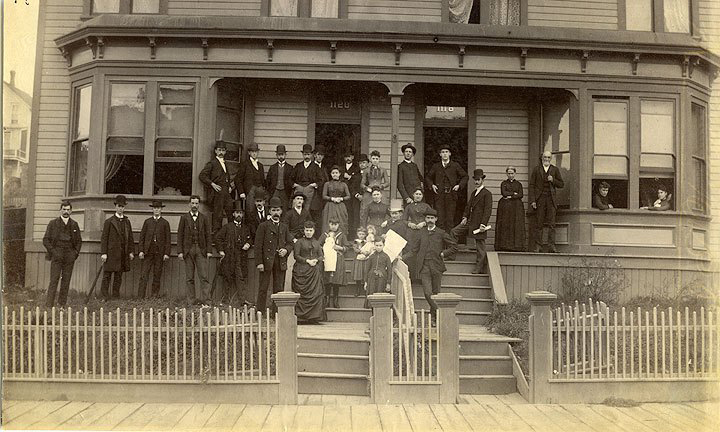- Project
- Northeast
- Economic and Fiscal Impact Analysis
- Town/City/Village
The Challenge
The historic Wood Island Life Saving Station was built in 1908 for the U.S. Life Saving Service, later the U.S. Coast Guard and played a key role in safety and national security, including serving as a strategic observation post and location for securing anti-submarine nets during World War II. First declared surplus and then falling into disrepair, the Life Saving Station needed to be restored or demolished for public safety. A private sector led restoration effort began in 2012, to transform the property into a visitor attraction with a pier and maritime museum. While significant private capital has been donated, the Town of Kittery may be asked to provide funding as well, raising the question of the economic benefits to the Town.
The Solution
The Wood Island Life Saving Station Association provided Camoin 310 with its business and capital plan, and requested an analysis of the economic and fiscal benefits of operation of and visits to the facility and increased restaurant and other visitor spending in the Town.
The Impact
The final report and analysis contributes to the Town’s decision-making process by quantifying the economic and fiscal benefits to the Town, including jobs, visitor spending at local business, and additional tax revenue from economic activity attributable to the Museum when it opens in 2021.




